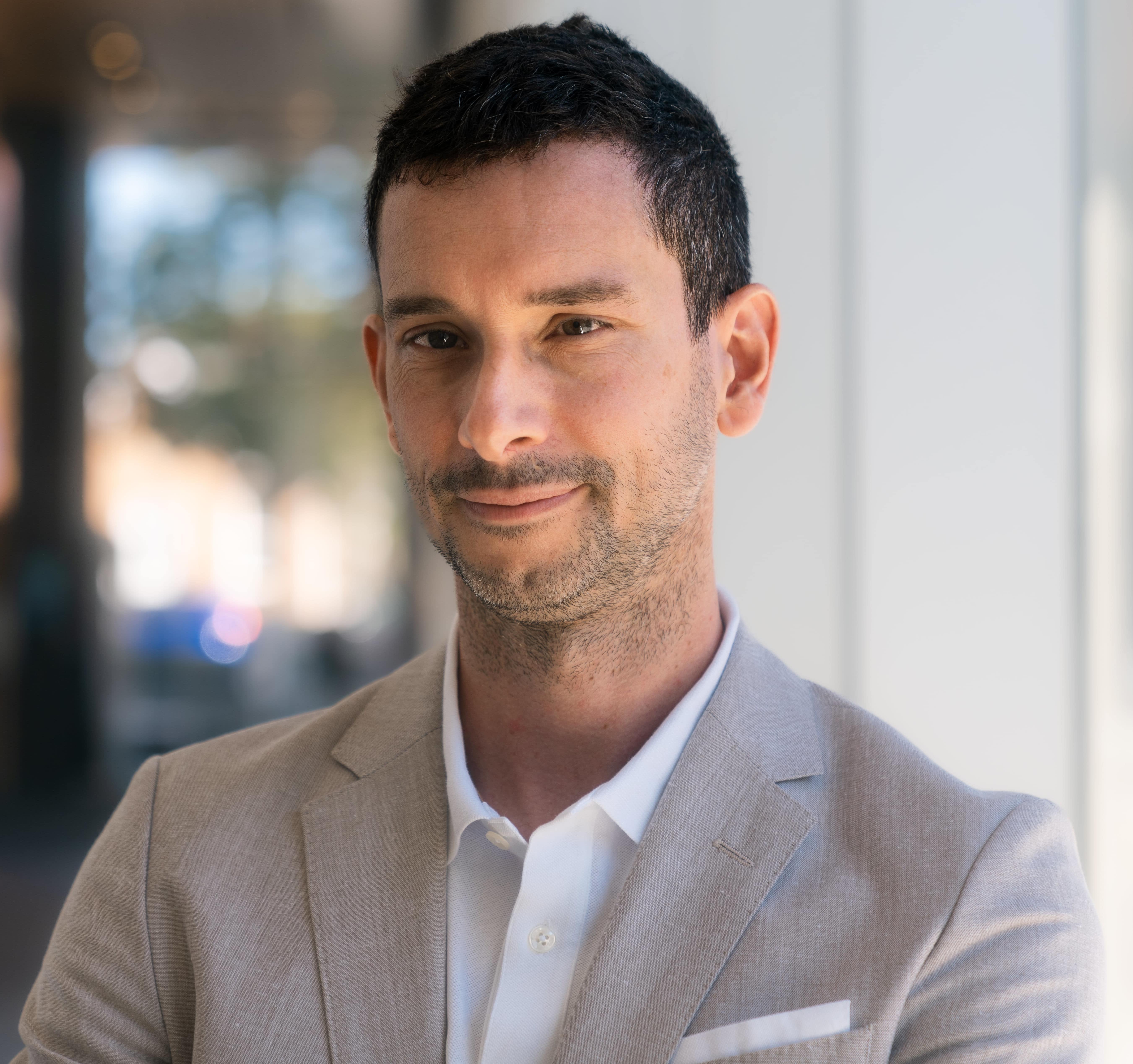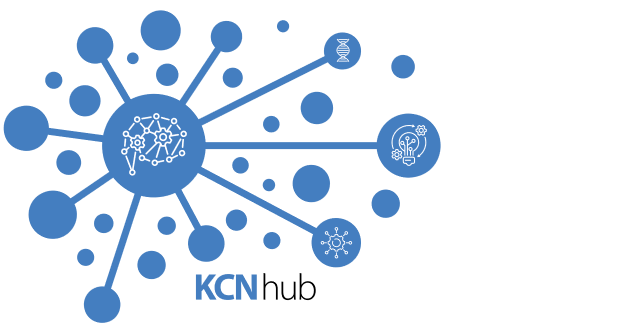Maurizio De Pittà
Maurizio De Pittà is a scientist at the Krembil Research Institute and an assistant professor at the Department of Physiology at the University of Toronto. He got a Master's degree from the University of Pisa in Electronic Engineering and Bioengineering and holds a Ph.D. in Computational Bioelectronics from Tel Aviv University (Israel). Maurizio's postdoctoral training was between INRIA (France) and the University of Chicago, where he pioneered spiking neuron-astrocyte network models for cognition. He then moved to the Basque Center for Applied Mathematics in Bilbao (Spain) as a 'la Caixa' Junior Leader to work on neuron-glial interaction modeling in neurodegeneration. He joined the Krembil in August 2021. Maurizio is a pioneer of gliotechnologies, serving as Principal Investigator in the H2020 ASTROTECH European Training Network (2021--2024) and the Spanish Network for Clinical Systems' Neurosciences (CliSyNe, 2019—2023), and is an active member of the Organization for Computational Neuroscience, contributing regularly to workshops and tutorials on the Organization's Annual Meetings.

